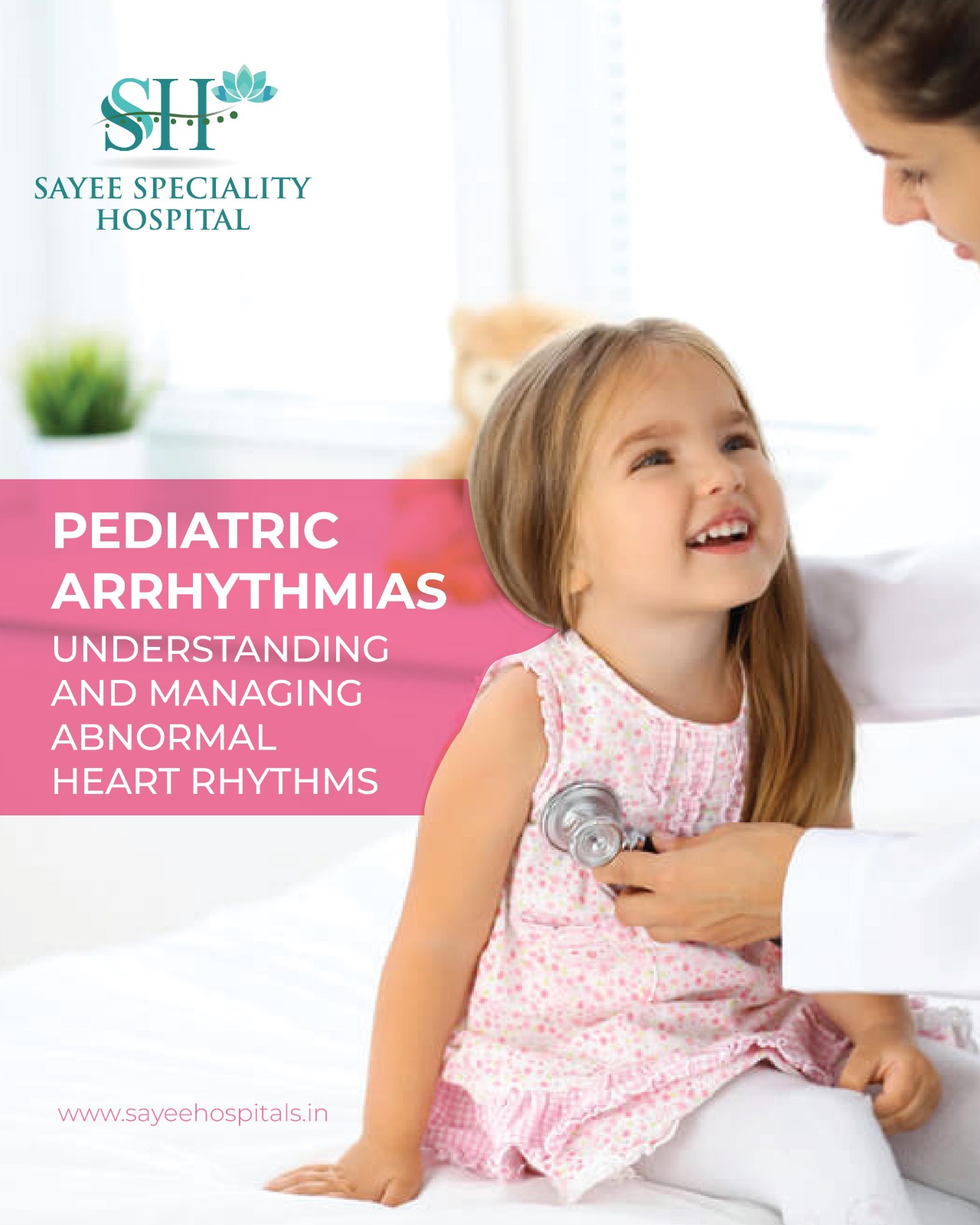Pediatric arrhythmias are irregular heart rhythms that can disrupt a child’s normal heart function, leading to potential health complications if left untreated. These conditions can range from mild to severe, affecting the heart’s ability to pump blood and oxygen effectively. Early diagnosis and timely treatment are essential to ensuring better outcomes for children with arrhythmias.
Types of Pediatric Arrhythmias
Different types of arrhythmias impact children in distinct ways. Tachycardia, characterized by a rapid heart rate, may require medications or other interventions. Bradycardia, where the heart beats slower than normal, can pose issues if it affects overall health. Premature atrial contractions (PACs) and premature ventricular contractions (PVCs) are extra heartbeats in the upper and lower chambers, respectively, and often require careful observation to determine their significance.
Recognizing Symptoms
Recognizing the symptoms of pediatric arrhythmias is crucial. Signs include an unusually fast or slow heart rate, dizziness, fainting, chest pain, difficulty breathing, fatigue, and anxiety. These symptoms can vary depending on the severity of the condition, but early detection can significantly improve the effectiveness of treatment.
Causes of Pediatric Arrhythmias
The causes of pediatric arrhythmias are diverse. Genetic predispositions, congenital heart defects, and certain medications, such as those used for asthma or ADHD, are common contributing factors. Additionally, viral infections and electrolyte imbalances can disrupt the heart’s normal rhythm, further emphasizing the need for thorough assessment.
Treatment Options
Treatment for pediatric arrhythmias depends on the type and severity of the condition. Medications like beta-blockers and calcium channel blockers help regulate heart rate and rhythm. Ablation therapy, a minimally invasive procedure, targets abnormal heart tissue to restore normal function. For severe cases, pacemakers or implantable cardioverter-defibrillators (ICDs) are used to maintain or correct heart rhythms. Other advanced options, such as cardioversion or maze surgery, address more complex cases effectively.
Pediatric arrhythmias, though concerning, can be managed successfully with timely care and appropriate treatment. Recognizing symptoms, understanding causes, and tailoring treatment to the child’s specific needs are key steps in ensuring improved heart health and a better quality of life.
